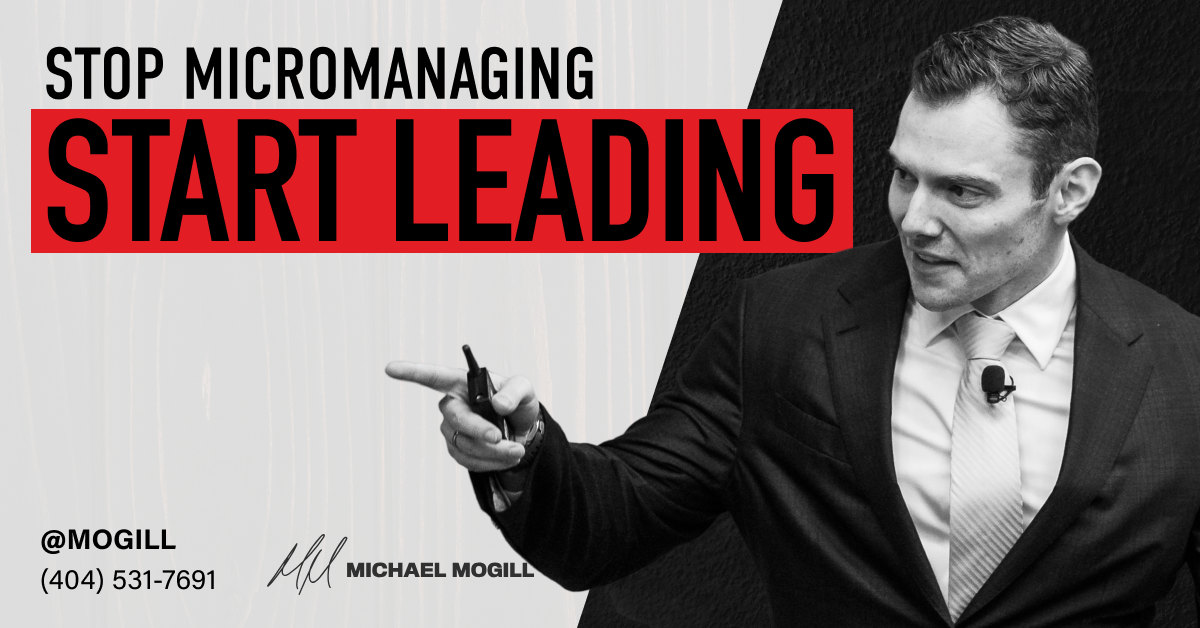I am a huge student of history, and I have always loved a good business turnaround story.
I’m sure you’re familiar with Domino’s Pizza. It was founded in 1960 and had an IPO in 2004, but by 2008, it had hit a record low and shares cost about $2 to $3 dollars each.
However, in 2020 their stock price was $367 a share — so from 2008 to 2020, they achieved a 130,000% gain and grew by over 100 times.
I think this is a story that has some really great business lessons we can all learn from.
When Domino’s was started back in 1960, they focused primarily on fast delivery and great service. They even had the tagline, “30 minutes or it’s free.” With this, Domino’s scaled to a multi-billion dollar business.
But by 2008 that growth had stalled, and they were really struggling.
When you look at this major drop in sales and new customers, it begs the question: “What happened?”
As it turns out, everything about Domino’s was excellent… except their pizza.
They did a series of focus groups and tests, and what they found was that people really didn’t like the taste of Domino’s pizza. They got feedback that it tasted like cardboard, was devoid of flavor, and the sauce tasted like ketchup.
Here’s the kicker, though…Domino’s had made a number of different trade-offs in the name of speed, such as using frozen or canned ingredients — big no-no’s for building a sustainable business.
That’s when Patrick Doyle, the Domino’s CEO at the time, decided it was time for Domino’s to reinvent themselves. They publicly admitted their faults and basically said, “We know our pizzas suck, and it’s time for us to make some changes.”
From there, they went full throttle, testing over 7,500 different combinations of crusts, sauces, and cheeses, determined to find a way to make a better product without forfeiting the excellent, fast service they were so well-known for.
You have to understand how bold this was. Reinventing their pizza meant that they had to reinvent their supply chain, their logistics, their marketing, any partnerships, franchisees — everything.
There had to be a tremendous amount of innovation.
With all this in mind, I think it’s very interesting two look at the two key barriers they overcame.
The first is omission bias, which occurs when you worry about doing something as opposed to not doing something. Everyone sees the results of a move gone bad, but few see the costs of moves not made.
The second is loss aversion, which is the idea of playing not to lose rather than playing to win. There’s a saying that the pain of loss is double the pleasure of winning. This implies that you have to be cautious, even in situations that demand creativity — and the CEO at the time had to overcome this.
They had to get over these different barriers and really innovate — and they did. They completely reinvented their pizza.
Since then, Domino’s has had transformational growth, and I don’t just mean monetarily.
Internally, they overcame the mental barrier that you had to have a trade-off between speed and quality. They proved that you can actually have both. Externally, they showed customers that they cared. They responded to feedback, built out in the public, increased distribution channels, reduced friction, and improved their delivery technology.
So, how does this apply to you?
I hope this story has taught you that it’s never too late to change.
Also, sometimes the cost of not making decisions is even greater than making the wrong one. You have to be willing to fail as a leader — because if you’re not innovating and if you’re not creative, many times that’s even worse. That stagnation can lead to failure.
In conclusion, I believe Domino’s is an amazing case study, and their story is one we can apply to businesses all over the world as a tremendous leadership lesson.








